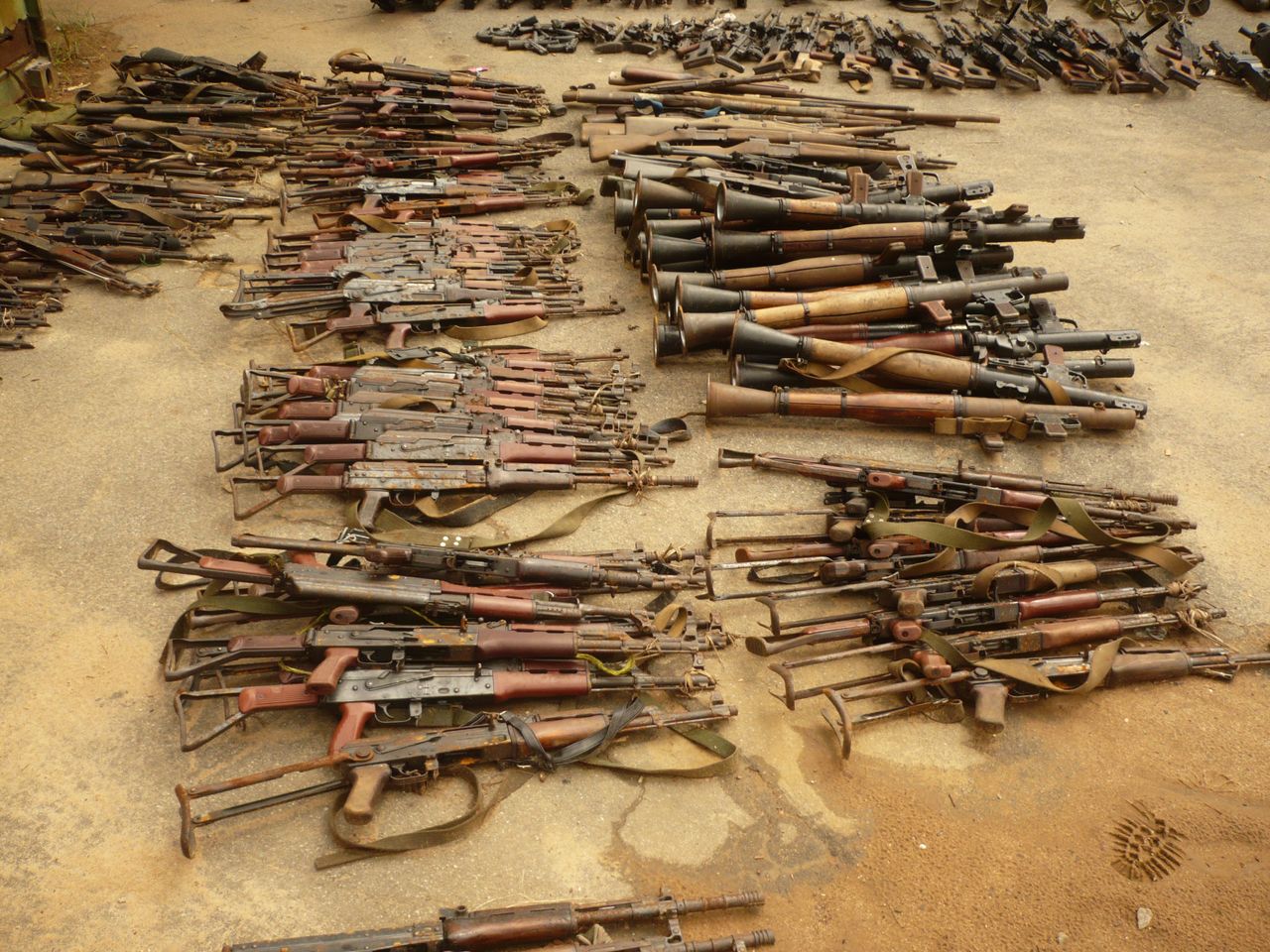“If you pick up a Kalashnikov and you’ve been doing this for a while, 99% of the time you can tell where it was manufactured, what the model was, and which country it originated in. On the left hand side, you have a factory code and a serial number, and then you have associated marks where the safety catch is.”
James Bevan, 38, spends his life counting the world’s illegal weapons. The former UN weapons inspector runs the world’s most comprehensive map tracking the flow of arms into conflict zones. Investigators from his British-based organisation Conflict Armament Research go into perilous situations in more than 20 war-hit countries like Syria, Iraq, Libya and Somalia, to find out how weapons that have got into the hands of groups like the so-called Islamic State.
His 16 staff embed within national security forces, such as the Iraq Counter Terrorism Services fighting Islamic State. They are on the front line minutes after fighting stops, to find and document seized weapons and work out where they came from. In just two years, they have logged details of nearly half a million weapons and pieces of ammunition, including almost a thousand improvised explosive devices.
When the sieges of Kobani and Fallujah ended, Bevan’s team was there. “Being with forces means we’ll be there within 30 minutes or an hour, max,” he tells The Huffington Post UK.
It was CAR which revealed in February that Turkey was a hub for components like detonating cord and agricultural fertilizer that were being used by IS to make suicide bombs. The supply chain stretched back to 51 companies around the world, including Nokia and European and US-based brands. “A number of these things were being manufactured in Europe and going onto the Turkish domestic market totally unregulated, and then Islamic state was basically using Turkey as a warehouse,” Bevan says.
As a result, Turkey banned the sale of several chemical fertilisers, which were also thought to have been used by Kurdish militants to kill dozens on its own soil.
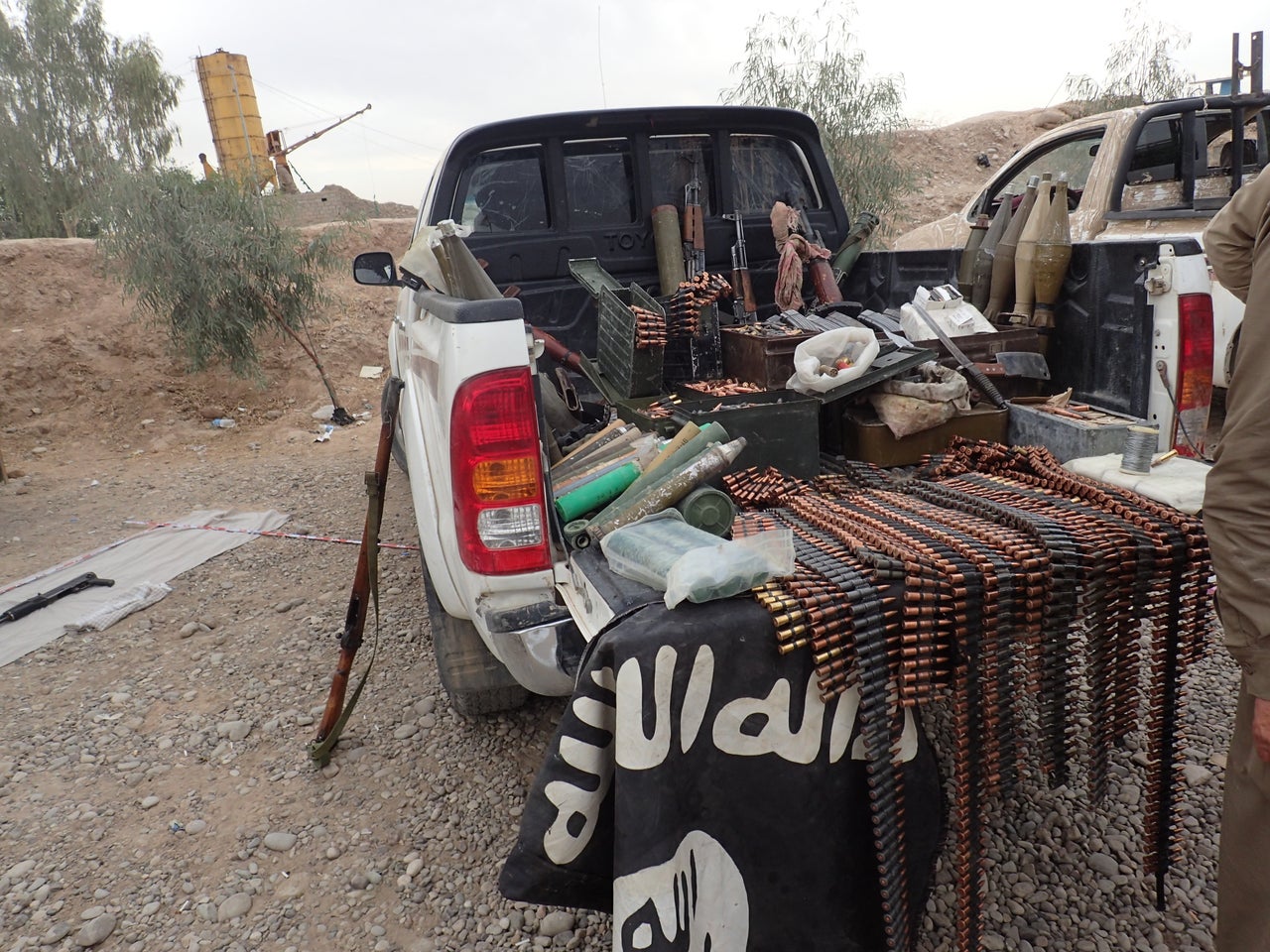
And it was CAR that proved last month that weapons sold by China to its ally Sudan have been funneled to opposition rebels in South Sudan, where two Chinese peacekeepers were recently killed.
They are the “eyes and ears on the ground,” says Bevan, explaining that it’s essential for them to see and touch the weapons themselves document them as close to the place of recovery as possible. They analyse arms wherever they find them - usually when a military position has been overrun by opposing forces. “It ranges from the weapons being still on the floor, often next to whoever was carrying the who has subsequently been shot, to when some of the organisations or armed forces we work with have taken them and stockpiled them in the corner of in a room,” Bevan says.
“The vast majority of the most common types of weapons can be identified on the spot, by design and markings,” he says. Most will have a serial code that link them to a specific factory in a specific country. CAR then approaches the government of the country and submits a ‘trace request’.
“It basically says we’ve identified this, this is the serial number, these are additional identifying markings. We provide forensic-grade photographs to them and say ‘we need to know to whom you first transferred this weapons’. Then, from that point, work our way down the chain of supply.”
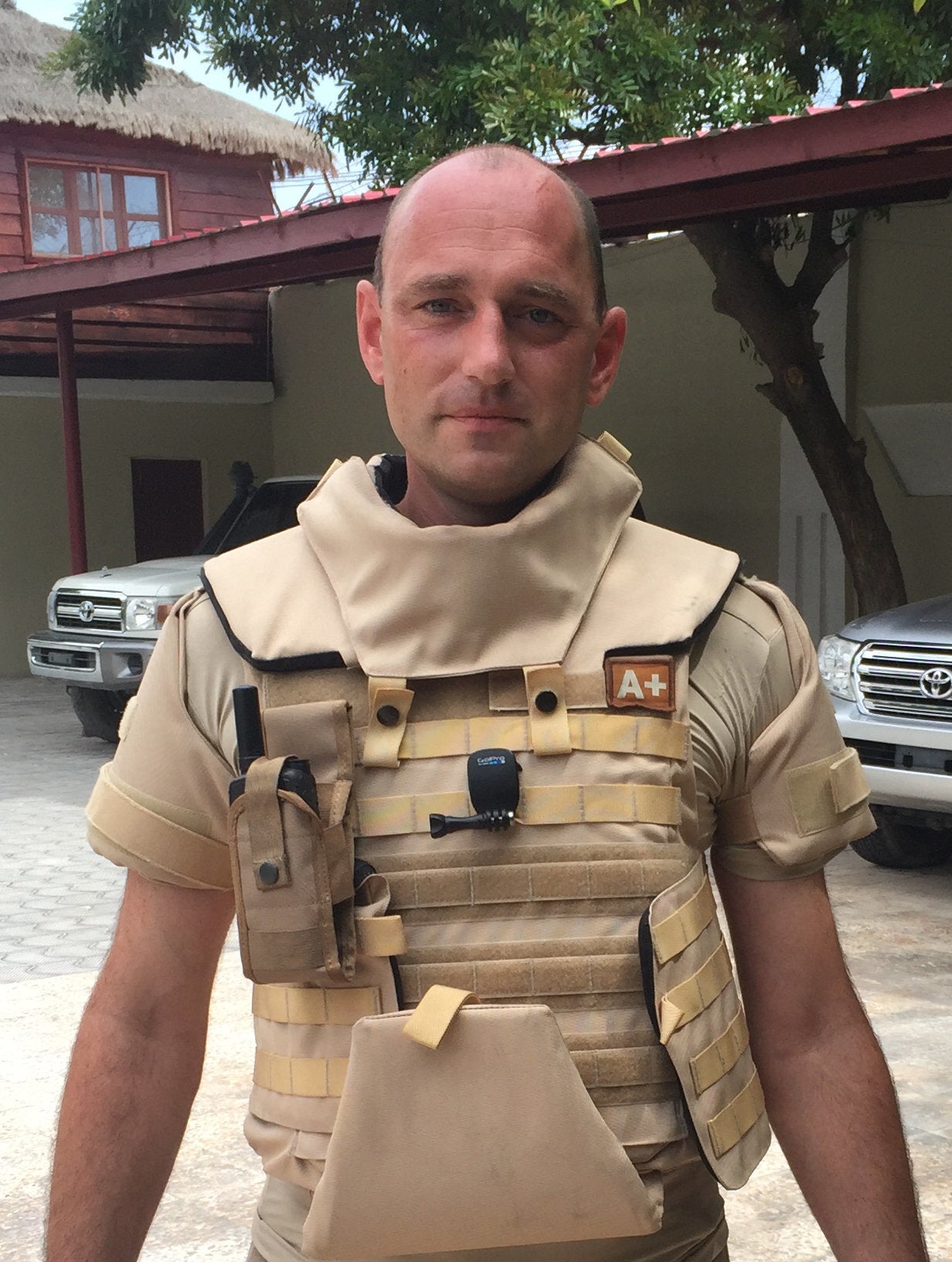
Their aim is to provide “actionable“ information to help governments, NGOs and UN bodies halt or interrupt supply, and to challenge countries that are - wittingly or unwittingly - fueling illegal weapons trades. It starts with discrete bilateral pressure. “We’ll say: ‘We’ve got a heck of a lot of your weapons here, and they shouldn’t be here. This export partner of yours is obviously problematic.’”
If the country does nothing, CAR will ramp up the pressure. It involved the EU after Turkey refused to co-operate on the IS bomb parts being sold within its borders, and the group’s work has triggered three current criminal investigations against countries. One involves the brokering of weapons by an EU country to an embargoed state, “which is in contravention of domestic law”. Another involved “air transport, also the movement of embargoed goods,” while a third, covering three states, is around “a whole series of terrorist attacks in West Africa” with links to Syria and Iraq.
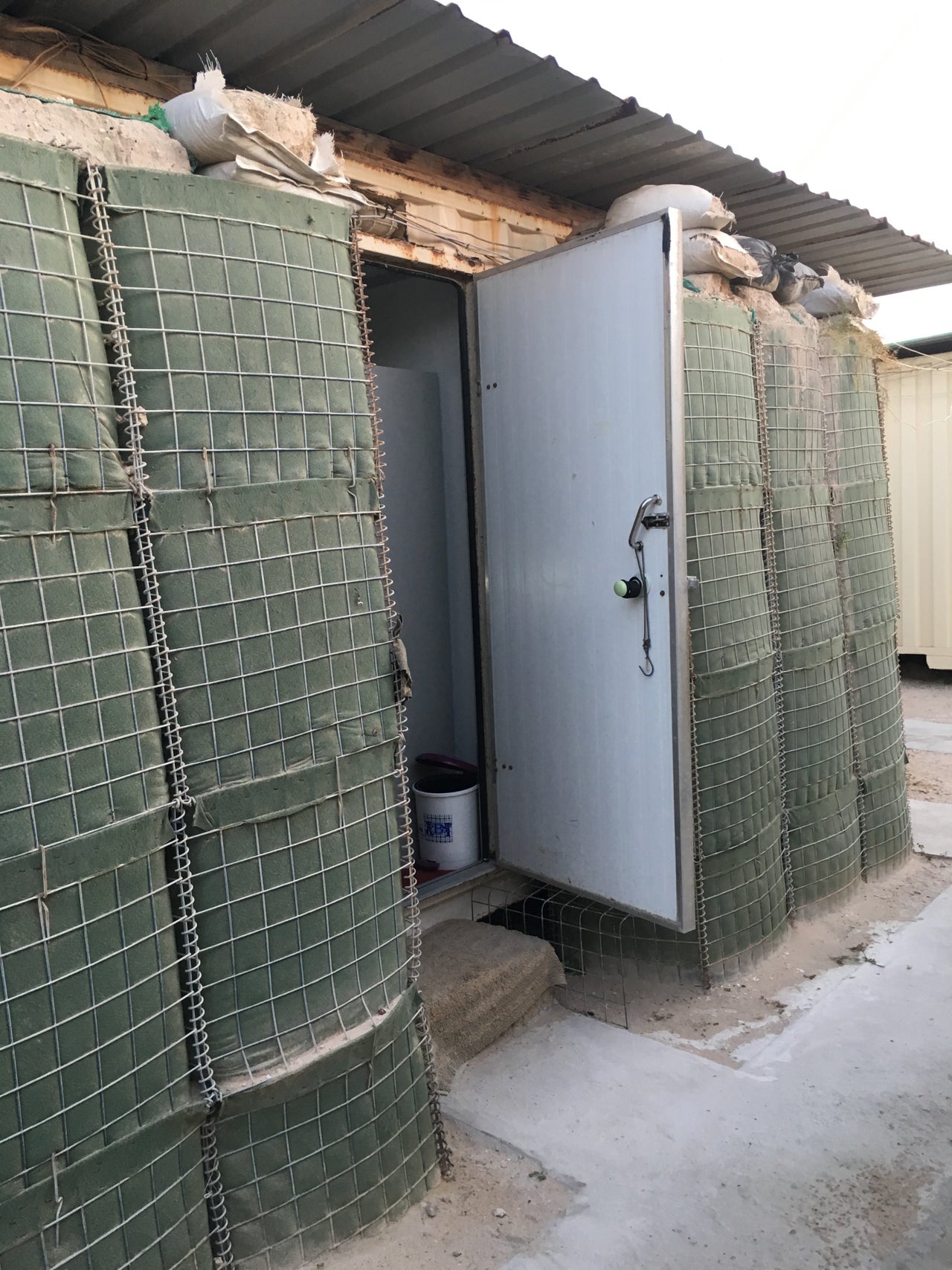
His company is funded by the UK’s Foreign Office and Department for International Development, the German Government, the EU, and other bodies depending on the project - the UN has funded some of their work into drug trafficking.
Before they began the project in 2014, nothing like this had ever been done. UN weapons inspectors track some arms but tend to focus only on individual countries with arms embargos. CAR’s work takes in the whole global supply chain. “For example, if you want to understand where weapons are coming from to be used in the current conflict in Mali, you also have to be monitoring in Niger, in Libya, in Cote D’Ivoire and Burkina Faso and further south.”
His fascination started when he worked for the Small Arms Survey in Geneva. “I think it was the ability to provide something concrete. Very often, the weapons are the only concrete evidence that you recover of a relationship or a support network. They are a very good route into identifying other things, whether it’s movement of money, terrorist forces, insurgents, foreign backers, or establishing trafficking routes which may be linked to other forms of trafficking.”
CAR teams sleep with the units hosting them: in bases, safe houses or family homes. Bevan calls conditions “quite reasonable”, sharing a picture of a room in Mogadishu which was “basically a sandbagged shipping container with a bed in it.” He recently lived with the Kurdish YPG forces in Syria, in a variety of makeshift camps. “They will take over well-protected buildings and training colleges, anywhere where they can put up a defensive perimeter.”
Safety is naturally a concern. “In Syria, Somalia and Libya, it’s body armour, sometimes armoured vehicles,” Bevan says. “But like anybody else your best protection is your on the ground intelligence, so we’ll spend two years setting up a mission, building a network of contacts, being able to move and call ahead, identify problems on the road and ensure the roads are clear, and understand where the front lines at any one time.”
All staff on the ground are satellite-tracked from bases in London, Nairobi or Lebanon. “It’s not that much different to the dangers of being a war journalist,” he reasons, “and we’re in a better situation because we’re not looking for a scoop, so we don’t need to be where the action is. We need to be where the weapons are.”
No-one’s ever been injured, but two staff were abducted in Libya. “They were fine, they were just locked in a cupboard for a week,” Bevan says.
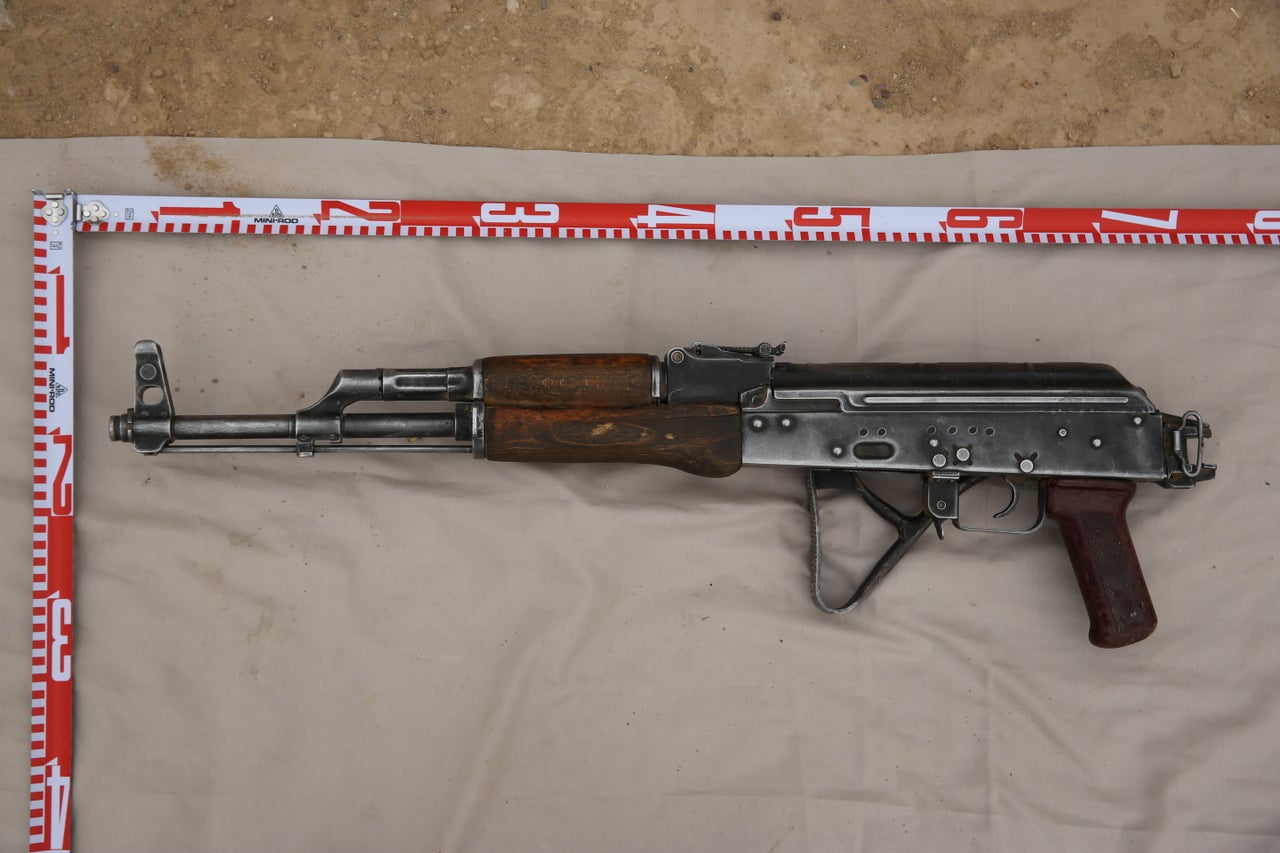
Investigations this summer have seen a rapid, frightening change in the weapons being used by the so-called Islamic State to fight other groups and carry out massacres. Up until now, IS’s weapons were mainly those they documented as the siege of Kobani ended - weapons formerly used by the Iraqi army, including some American-made weapons given to it by the US army when they withdrew from Iraq between 2007 and 2011. “Islamic State then overran Iraqi army positions, took those weapons and moved them into Syria and used them in the assault on Kobani.”
“In addition to that, Syrian weapons and ammunition which had come from Syrian armed forces. This is normal with any kind of rebellion or insurgency, they first use the weapons and ammunition of their adversaries.”
But the Islamic State arsenal now includes far newer models, “from 2013 to 2014 and even 2015 dates of manufacture,” Bevan says. Bevan has tracked this rise in recently-made weapons to Eastern Europe, including AK-47s, machine guns and explosives.
His company is currently challenging the governments of Bulgaria and Serbia, among others, over the sale of weapons to Saudi Arabia. Despite signing an agreement saying it would not sell the weapons to any other countries, Saudi Arabia appears to send them “straight to Turkey”, from where they get into Islamic State’s hands “very, very rapidly” via illicit means.
“We have a supply chain which goes from an Eastern European manufacturer, to a second Eastern European country, to Saudi Arabia, to Turkey, to a Syrian opposition group and then to Islamic State in Falluja in Iraq, in less than two months,” he says. “That’s almost direct. If you want to put something on a boat and float it, it’s going to take a month.”
He said that this shows that anyone supplying weapons to Syrian opposition groups has “absolutely no control” over where they end up. Often, foreign powers think they are supplying one group with weapons but the agenda of the many opposition factions overlaps with that of IS. “Some of them are backing pretty hard line Islamist forces, and it’s very difficult to distinguish between them and Islamic State. They are subsumed within Islamic State, or have a deal with them, or the group will fracture and its fighters will leave with their weapons and join Islamic State.”
“It means that anyone supplying Syrian opposition groups has absolutely no control over the ultimate destination of those weapons. It’s almost a mirror image of what happened in Afghanistan in the 1980s, in the sense that the US, Saudi Arabia and allied states were supplying weapons to the Pakistani Inter-Services Intelligence Agency. They then had discretion as to who to give them to. They picked the winners, which were the hard line Islamist forces that were the origins for Al Qaeda and the Taliban.”
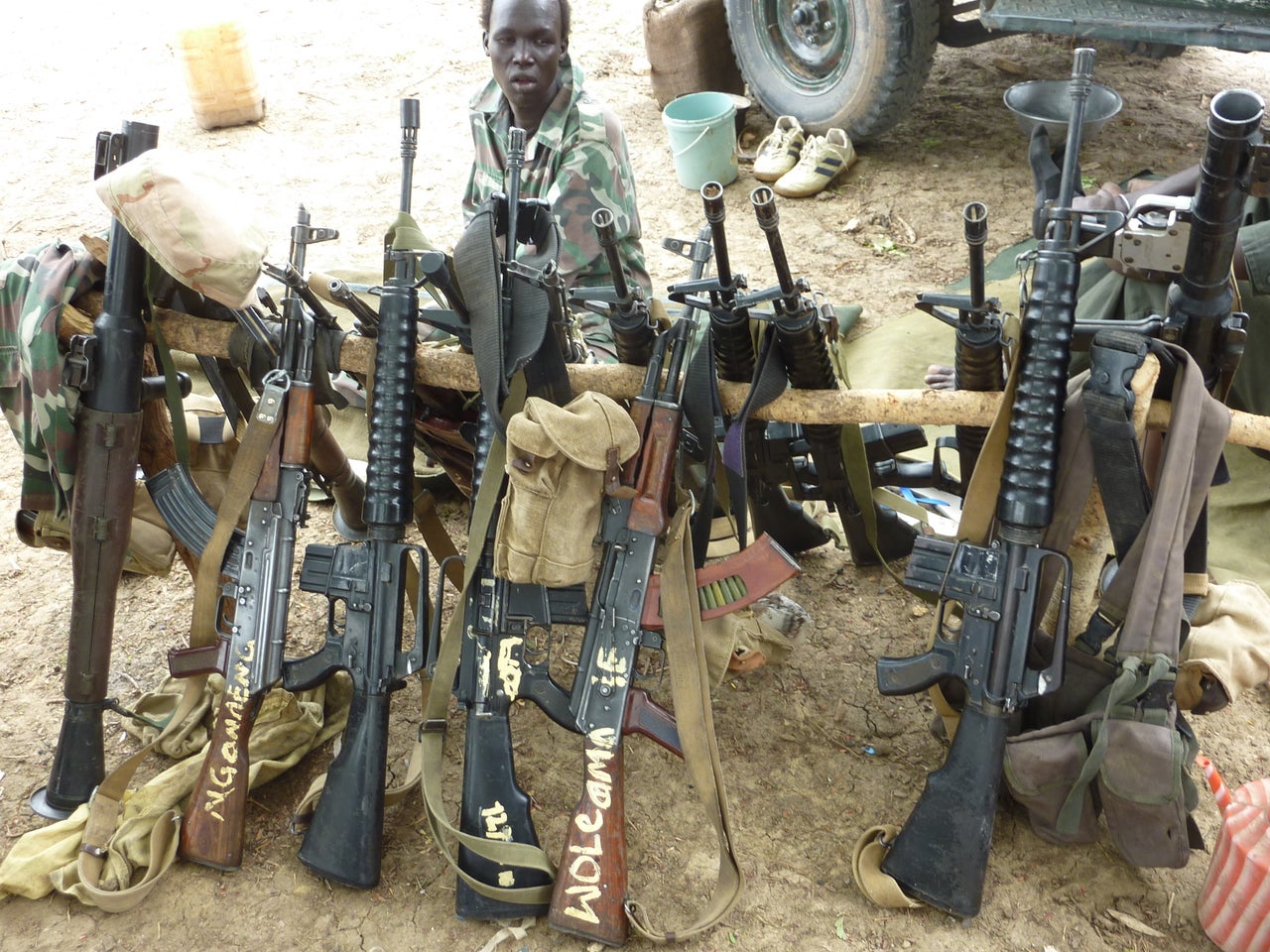
The shocking reality is that these Eastern European countries probably know that their weapons are reaching IS, he claims. Saudi Arabia favours light, American-made, expensive guns for its own armed forces, yet what it is buying ‘Soviet calibre’ heavy guns from Eastern Europe that it is obviously not planning to use itself, according to Bevan.
“What we are doing is to go back to those [Eastern European] governments and saying actually, you’ve got a really significant problem because you exported 7,000 rockets to Saudi Arabia which are all Soviet calibres, and you know full well that Saudi Arabia doesn’t use that stuff, so why did you export that to them because they are obviously giving it to someone else?”
“A lot of the time they do know and they just don’t care,” he admits, but confronting countries with the hard evidence of what is happening can achieve results. If a government replies to its ‘trace request’, CAR gives it a 28-day right to reply and edit a statement for any public announcements.
Most EU countries co-operate with them “though some drag their feet”, and they have had good responses from India, from Pakistan and some Middle Eastern countries”. But they hear “nothing” from China, Russia, or the US.
“The US won’t co-operate,“ Bevan explains. “It’s fundamentally related to their domestic control issues. It’s basically toxic for them to engage in any kind of effort to trace weapons. Because they have a huge domestic opposition to linking weapons with people.” Their attitude to personal gun possession extends to international trade.”
This doesn’t cause too many problems, he says, as many US guns have ‘Property of the US Government’ written on them. In any case, when the US engages in “borderline nefarious or irresponsible activity” such as supplying Syrian opposition groups, it chooses to purchase foreign weapons in a tactic used by many governments to disassociate themselves. In the US’s case these are often from Eastern Europe, so Bevan’s hunt begins in that country.
Has his work saved lives or reduced conflicts? He’s not sure. “At best, it may have tuned down the supply. The problem is there are a lot of variables in between supplying a weapon and somebody picking up a weapon, somebody using it and somebody aggravating an armed conflict.”
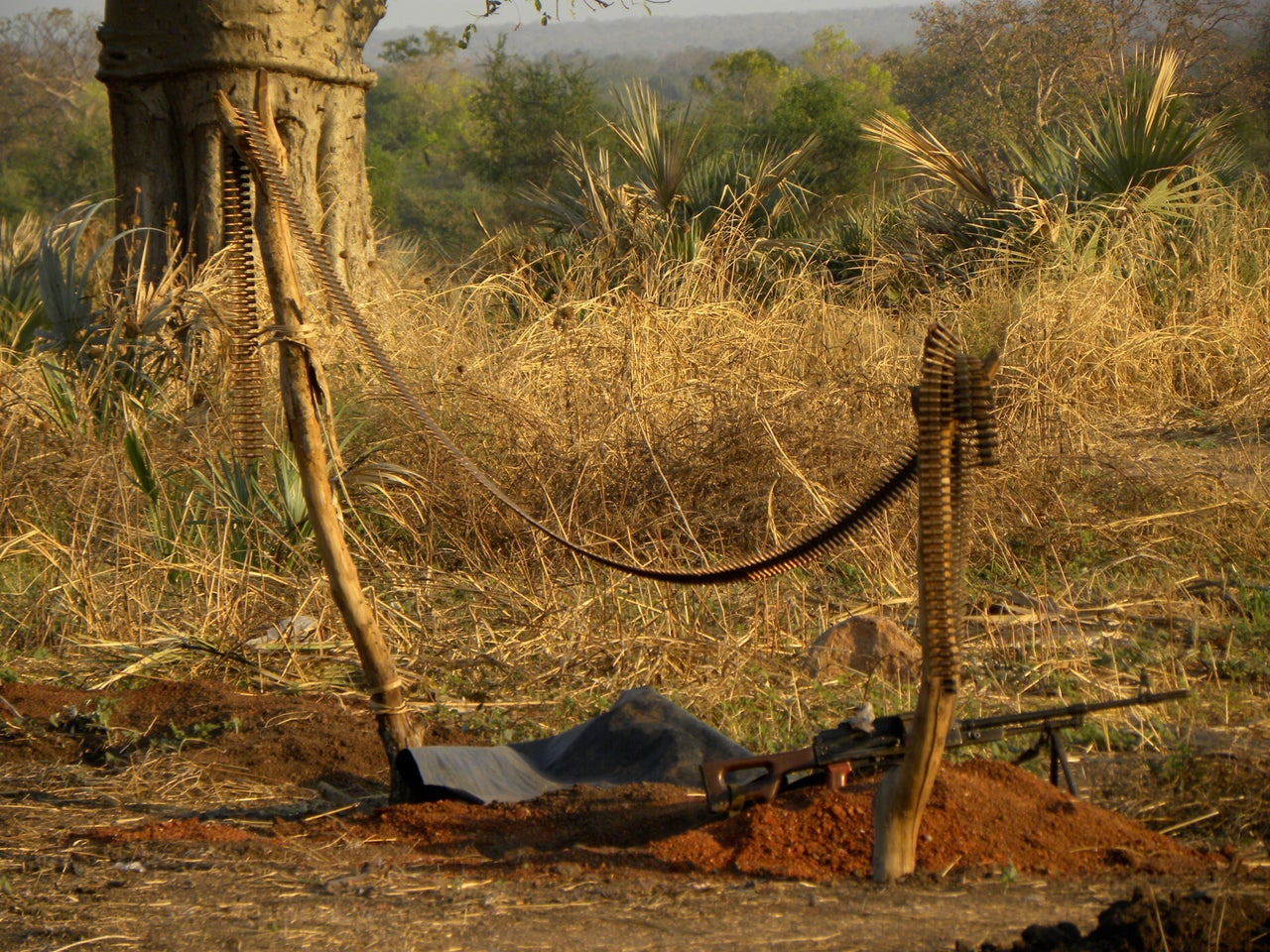
But there are some clear indications that they are making a difference. “We have a number of states that are trying to remove incriminating evidence from weapons and from packaging, because they know we are on the ground and we can trace them.”
This is not a problem because “they’re quite useless at it,” he laughs. “Sometimes it’s very old weapons that we’d usually look at and say ‘that’s so old we’ll never be able to trace it in a manufacturer records, but if somebody’s taken the time to deliberately remove the marks from it, it’s actually quite beneficial for us. It’s like a calling card which says there has been some kind of nefarious activity here.”
CAR can even recognise the specific techniques that one prolific arms dealer in Sudan uses to remove the serial numbers on guns, using a grinder.
Bevan’s views on war and weapons are, perhaps understandably, measured. “We come from a fairly traditional background which is that weapons in the hands of a legitimate state security force is a necessary evil, designed in the best of places to maintain peace. We’re not naive about that.”
Since launching, CAR has submitted over 500 ‘trace requests’ to Governments, and the number will keep growing as the world’s conflicts escalate. For Bevan, it’s all about hard, non-politicised evidence. “We don’t advocate anything beyond transparency. We believe that evidence, presented concretely and clearly is powerful enough in itself, without the needed for any kind of advocacy.”
